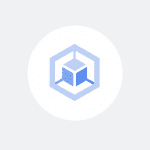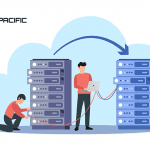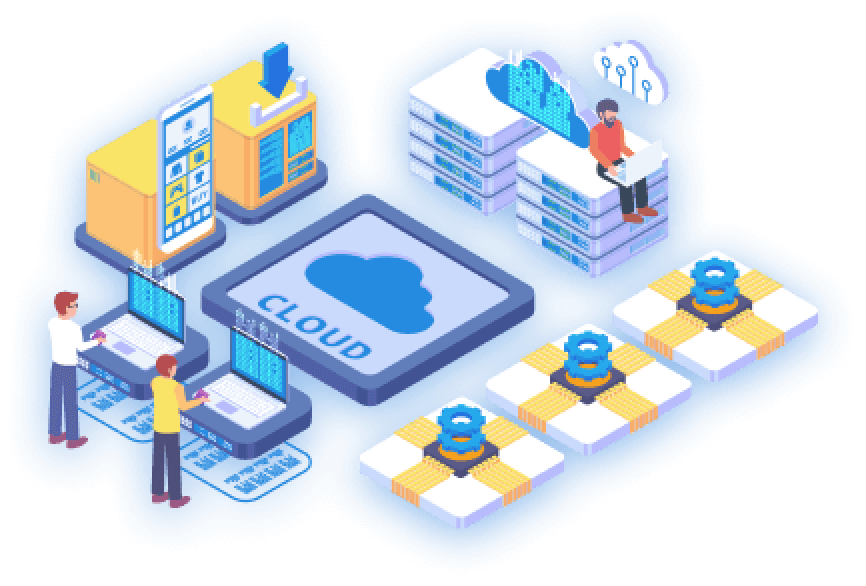Malaysia is moving to the cloud. According to a recent report released by G-AsiaPacific, they see a 100% increase in cloud adoption within Malaysia in the past 12 months. This is observed across all types of businesses including SMEs, government organisations, private and public sector.
 Looking to dig deeper into cloud trends in Malaysia, we spoke to G-AsiaPacific Director, Goh Kiang Kian, to know more about industry specific trends and what to look out for when moving to cloud.
Looking to dig deeper into cloud trends in Malaysia, we spoke to G-AsiaPacific Director, Goh Kiang Kian, to know more about industry specific trends and what to look out for when moving to cloud.
Emerged in 2008, G-AsiaPacific accumulated much experience in cloud deployment; with more than 120,000 cloud installations based in the region, they help SMEs through cloud transformation process by providing knowledge and customised cloud business solutions.
According to Goh, the main driver for this rapid growth is due to the fact that the enterprise IT solution market in Malaysia is at a ‘tipping point’ whereby finally the decision makers are convinced that Cloud computing is the best way to move forward.
While the report states that generally most businesses are moving to cloud, Goh tells us that fast paced industries with e-commerce and online booking services are often the first in adopting cloud. Often, these companies go with IaaS – Infrastructure as a Service, using platforms like AWS and Microsoft Azure. On top of that, these companies favour running SaaS on these platforms such as Microsoft O365 and online collaboration suite functions offered by Google Apps for Work.
“The first movers in adopting cloud solutions are the retail, airline and construction industries. These industries have need to address or cater to large online traffic during peak seasons. There is plenty of data that the organization deals with and these businesses realise that Cloud allows them to quickly scale up to meet their requirements as the business grows and with that, data volume.”
“Industries that show greater caution or concern in Cloud adoption are typically the finance, healthcare and government industries, due to the fears of security breaches and loss of control. Others are due to regulatory compliances. Banks for examples must maintain banking data on their own serves by law.”
With many industries still stepping on the foot brake because of security concerns, we were curious to what measures organisations can take to strengthen their security. Goh has this to say.
“It’s not so much what specific actions that companies must take, but who they employ to do it for them. As long as you choose a reputable and leading Cloud Solutions provider, the issue of security risks is very much mitigated as we would have the right protocols and standing operating procedures to ensure a successful and secure transition.”
“For example, 2-step verification is an optional measure which we recommend when enhancing an organisation’s security. Our technology providers are also well certified. For example, Google has received security certifications such as ISO 27001 certification, SOC 2 and SOC 3 Type ll audits, HIPAA compliance and more.”
Goh notes that there is still a great deal of misconception towards security in the cloud. “Cloud security is at its best right now and still getting better. And going forward, we believe that doubts will eventually become confidence as more industries and business embrace the power and benefits of Cloud.”
For many SMEs, it isn’t security, but the knowhow, as well as the costs. G-AP has had close to 10 years of experience in Cloud computing, and they noticed that “typically 80% of SMEs do not have a dedicated tech team. Most do not even have a technical person within the organization. Those who do usually are manned by small 1-3 person teams.”
“For SMEs, this is normal as their business focus is elsewhere and not so much on technology. Previously the mindset about technology was more of a business support function. But with the advent of Cloud, there is a growing realization that technology no more is a necessary evil, but a true value creating business enabler.”
Goh told us that initially, they faced the challenge to change business mindsets. However, they’ve continued to pursue the SME market because they believe SMEs are underserved, despite being a section of the market that would benefit most from cloud services. He explains that SMEs are very receptive once the benefits and value of migration and deployment is shown to them.
“This could be cost savings, time and improved productivity and so on. The next factor is instilling confidence by providing a hand-holding approach… SMEs generally are not too IT savvy with even those in top management also being averse or unsure about IT, let alone Cloud. [Our] migration paths and strategy is key to developing confidence.”
“When research is done by respective companies, they conclude that maintaining legacy systems which include hardware maintenance, upgrade, downtime, security breaching risk etc. is more costly than moving to cloud. The transfer of data is usually only done once, i.e. at the beginning of the change from legacy to cloud. More importantly, G-AsiaPacific offers customised packages which bundle deployment and managed services with the purchase of cloud solution licenses.”
Although it may be very tempting to move everything at once, Goh advices to start small – starting from email and calendar systems but have a “larger road map in mind”.
“At a later point of time, the transformation will proceed with other solutions that IaaS provides i.e. Disaster Recovery and backup solutions; entering a hybrid cloud environment, before completely moving all infrastructure to the cloud.”
In the young age of cloud, many companies were built on legacy systems. While in the early days, compatibility was an issue, increasingly legacy based systems and applications are supported on cloud platforms. There are also many companies opting to use a hybrid model, allowing on-premise legacy systems to run with cloud technology.
“Some of the legacy business application could be de-coupled from the cloud so that the legacy system and apps are still running independently with no business impact. For example, businesses could still remain using their legacy business application with full integration using customised APIs and advanced hybrid cloud architectures. This could be achieved using secure and encrypted virtual private cloud and custom cloud architecture design that connects to their office network.”
For many network admins, public cloud could translate to the loss of control over administrative and access rights as well as privacy and data integrity. Goh assures that IT managers still have full ownership and administrative rights to their own data.
“Once we have migrated a client to the Cloud, we cease to have access to the system unless requested by the client and that too for very specific areas. There are many other security and control mechanisms that protect the integrity of data, confidential or otherwise that we can and have implemented.”
“The respect for data privacy is treated the same as if the data was hosted on their own servers. There is no restriction of access or loss of control. Companies essentially have the same access. In fact, quite often staff may see minimal or no changes as it’s all on the backend.”
All things considered, Goh believes that cloud can benefit SMEs in many ways. He recognises the shortcomings of cloud and worries of businesses; but aim to provide as much support as possible to their customers. For other companies looking to move to cloud, he advices,
“Consider the cost, business impact and change management effort in order to ensure 100% success rate in cloud transformation. Cloud is about productivity, efficiency, scalability and elasticity based on company’s specific business needs. So, companies need to consider a proper cloud migration strategy, deployment method, risk analysis, and cost analysis. Do not get hung up with technology and brand names. Rather, pick and choose to create the best solution for your needs.”
Most recently, G-AsiaPacific is in the final stages of deploying Cloud-based office productivity systems for a major municipal council, one of the largest hyper-mart chains in Malaysia and is looking forward to a successful 2nd year anniversary of its cloud deployment in the largest worldwide low-cost carrier (AirAsia Berhad) and 4thyear anniversary of cloud adoption in SapuraKencana Petroleum Berhad.








